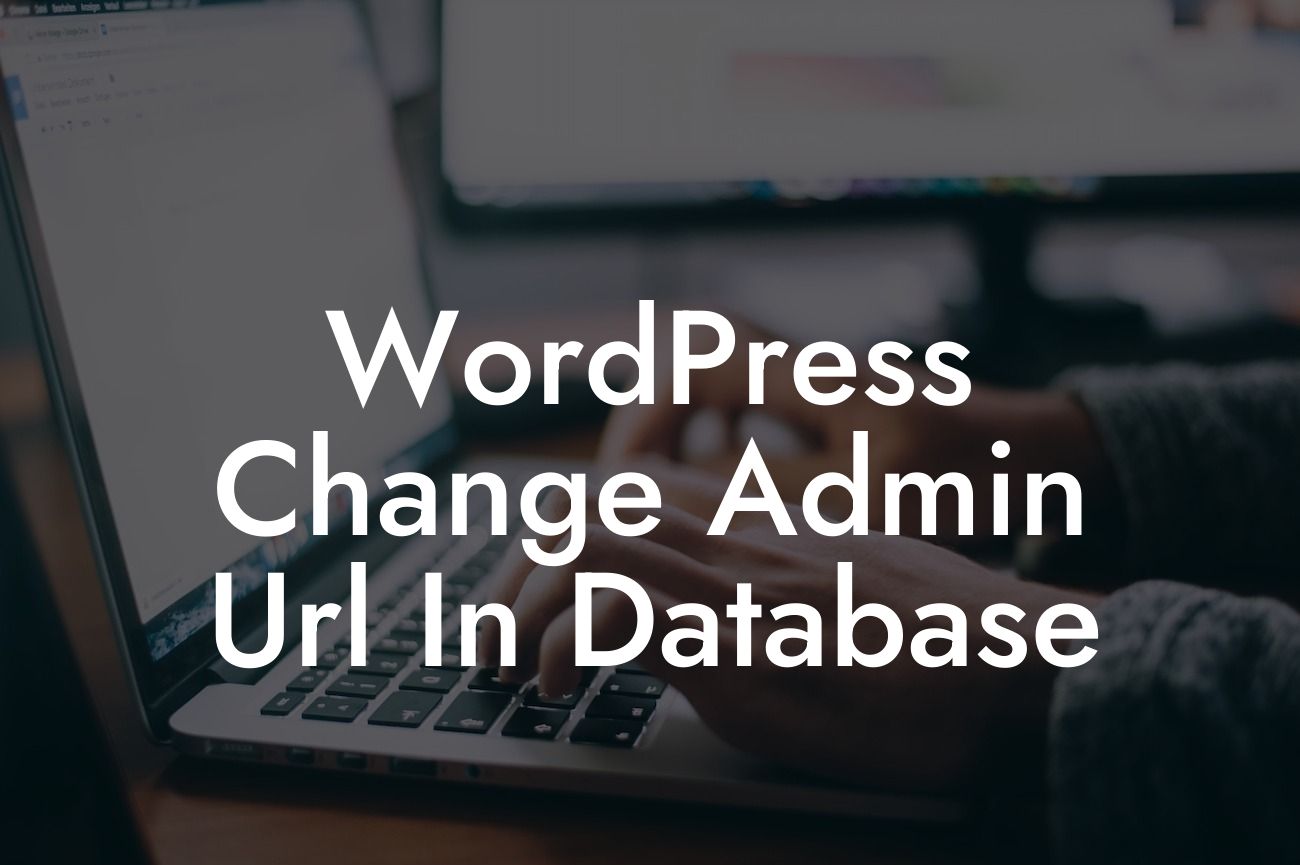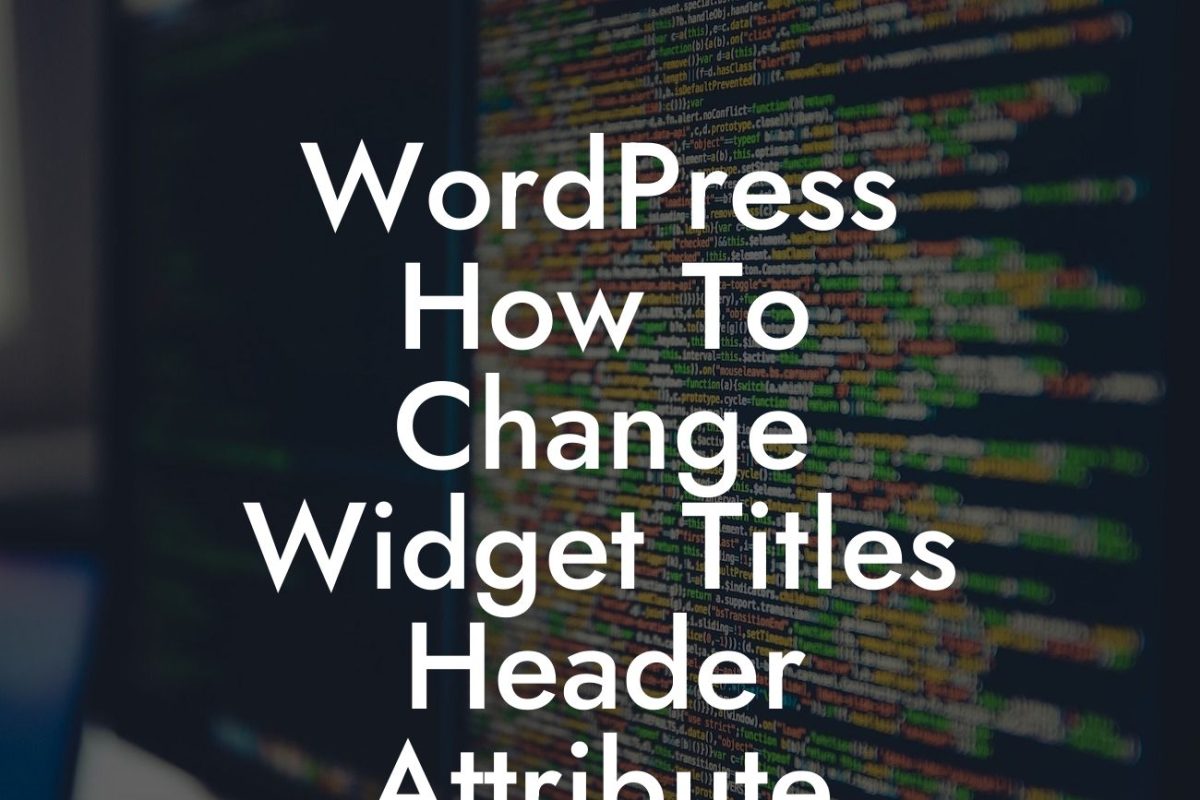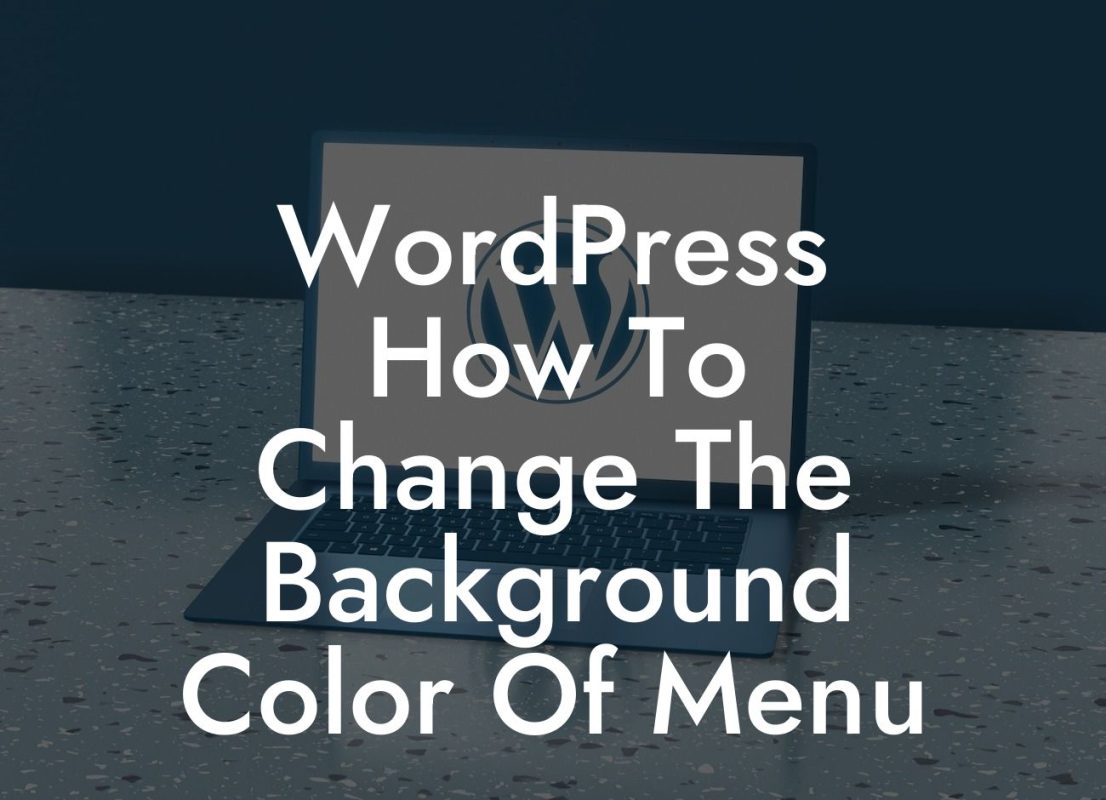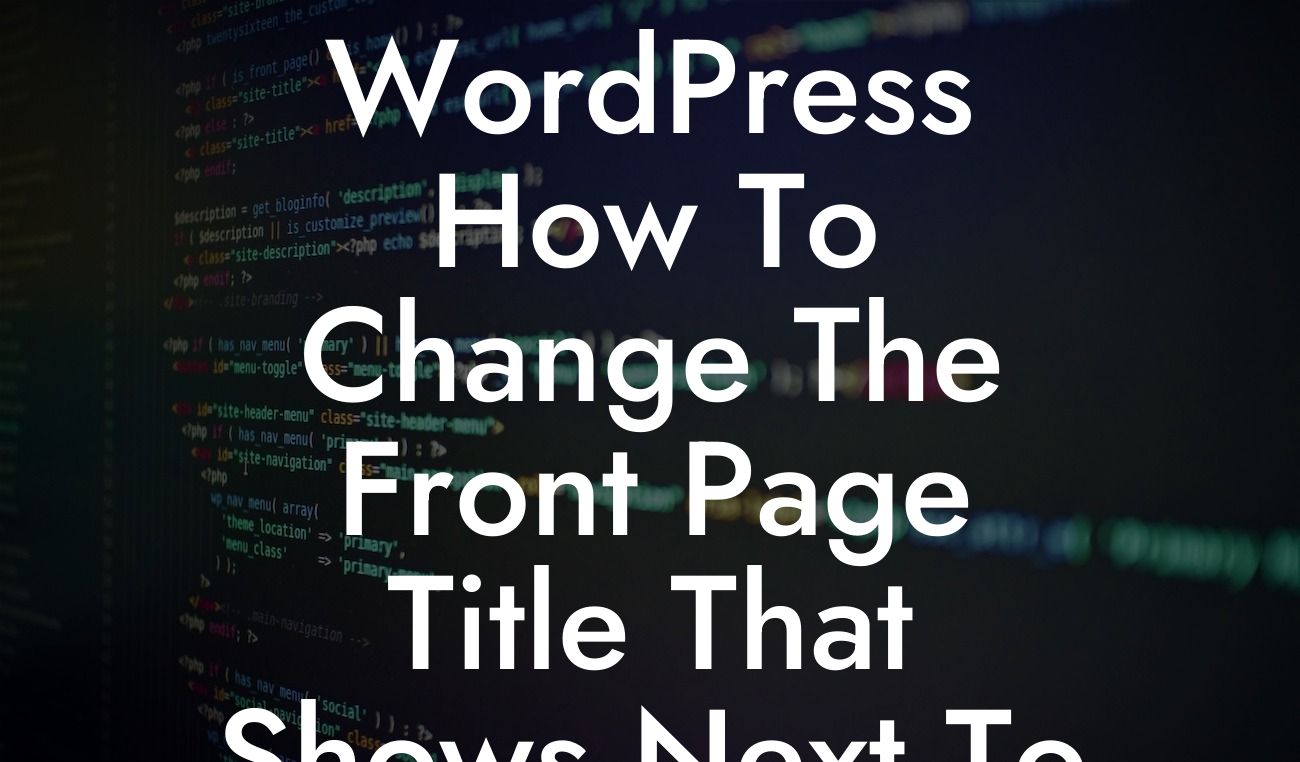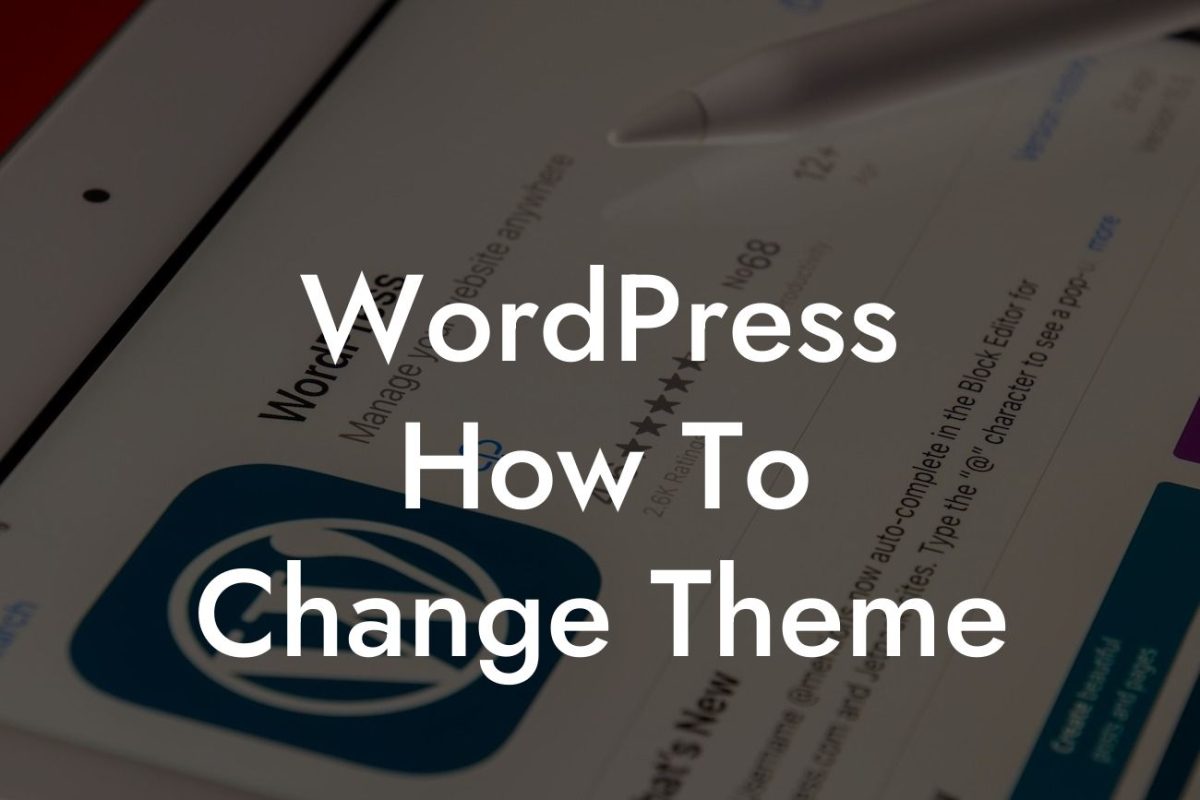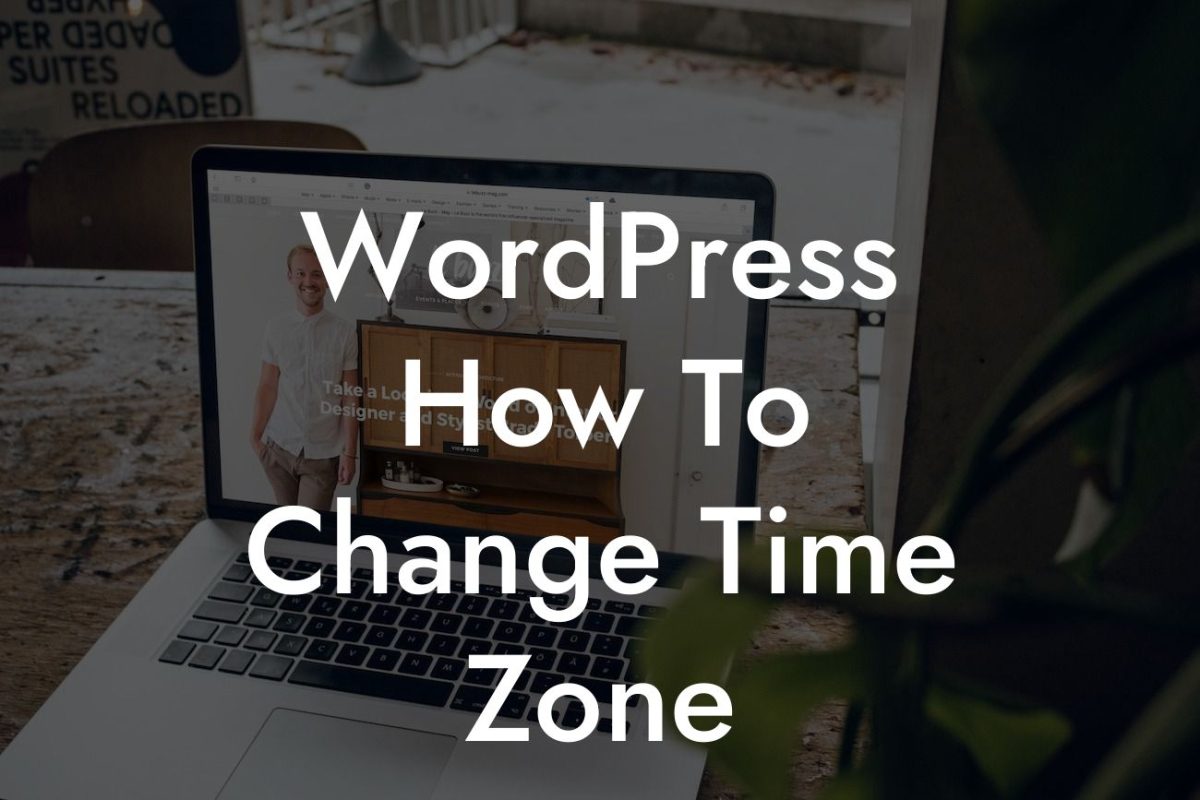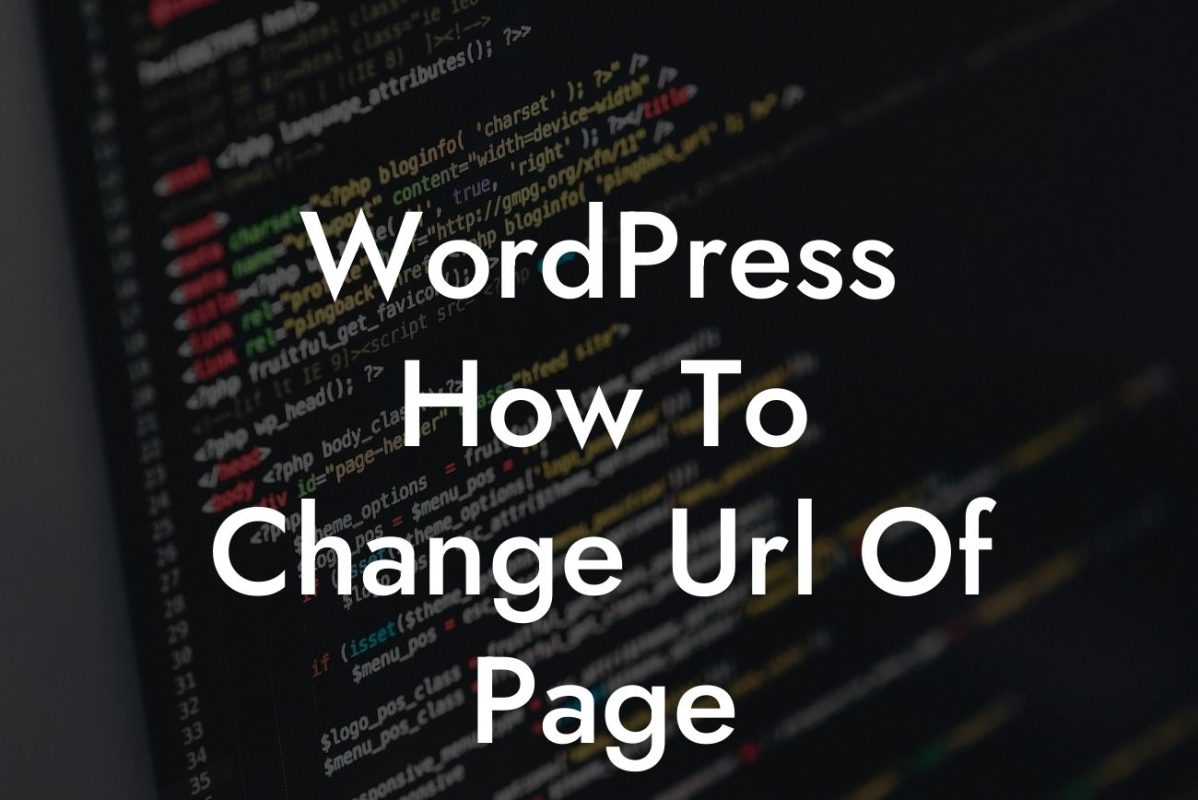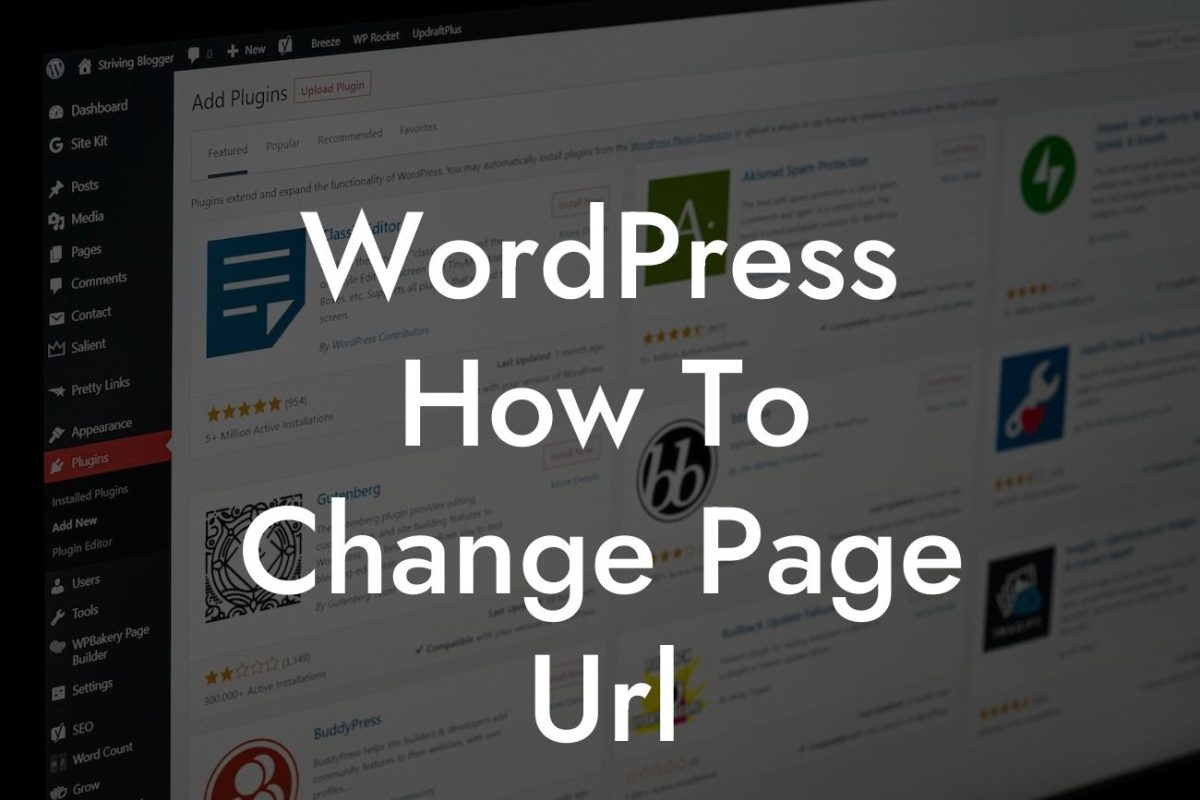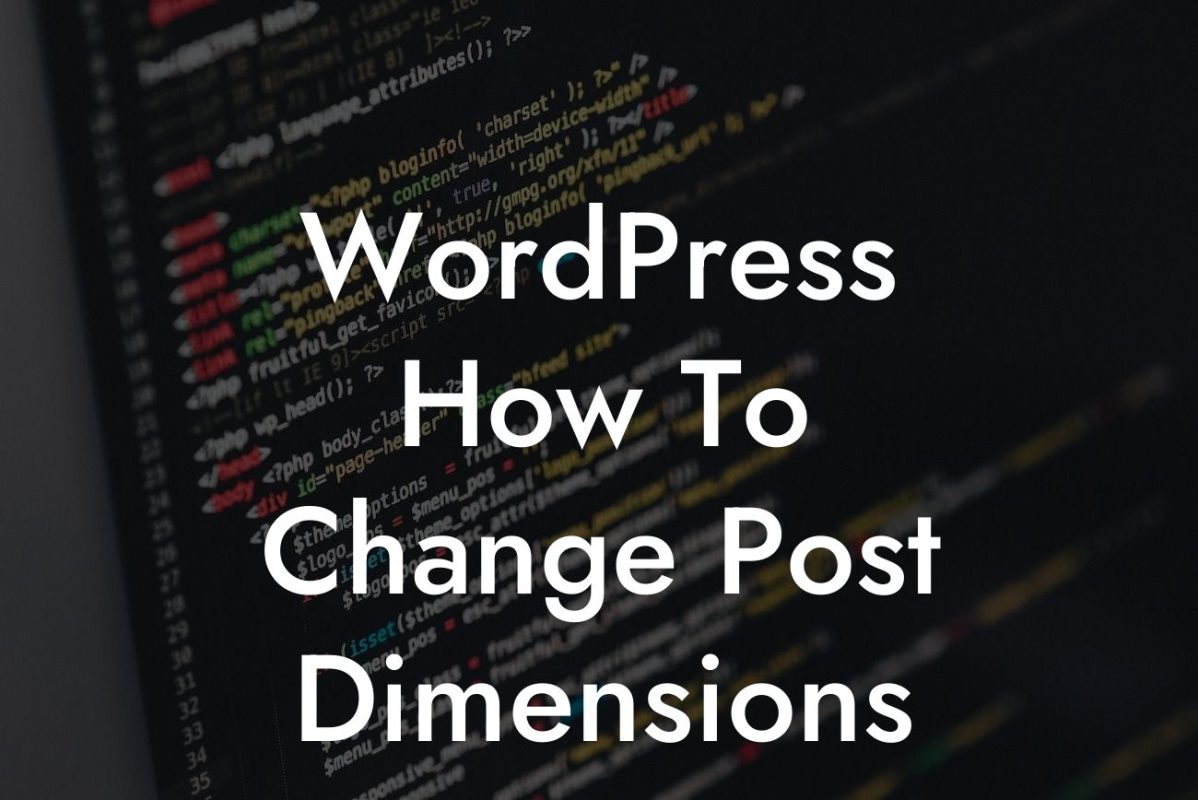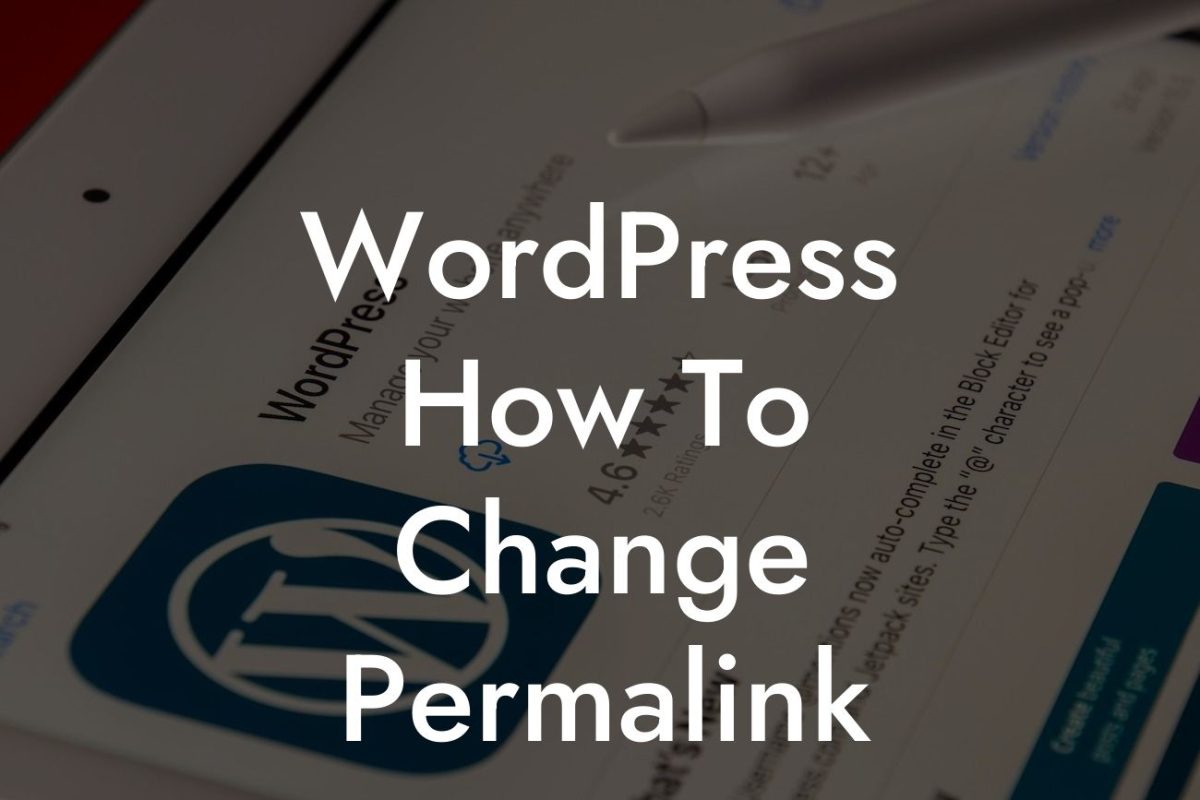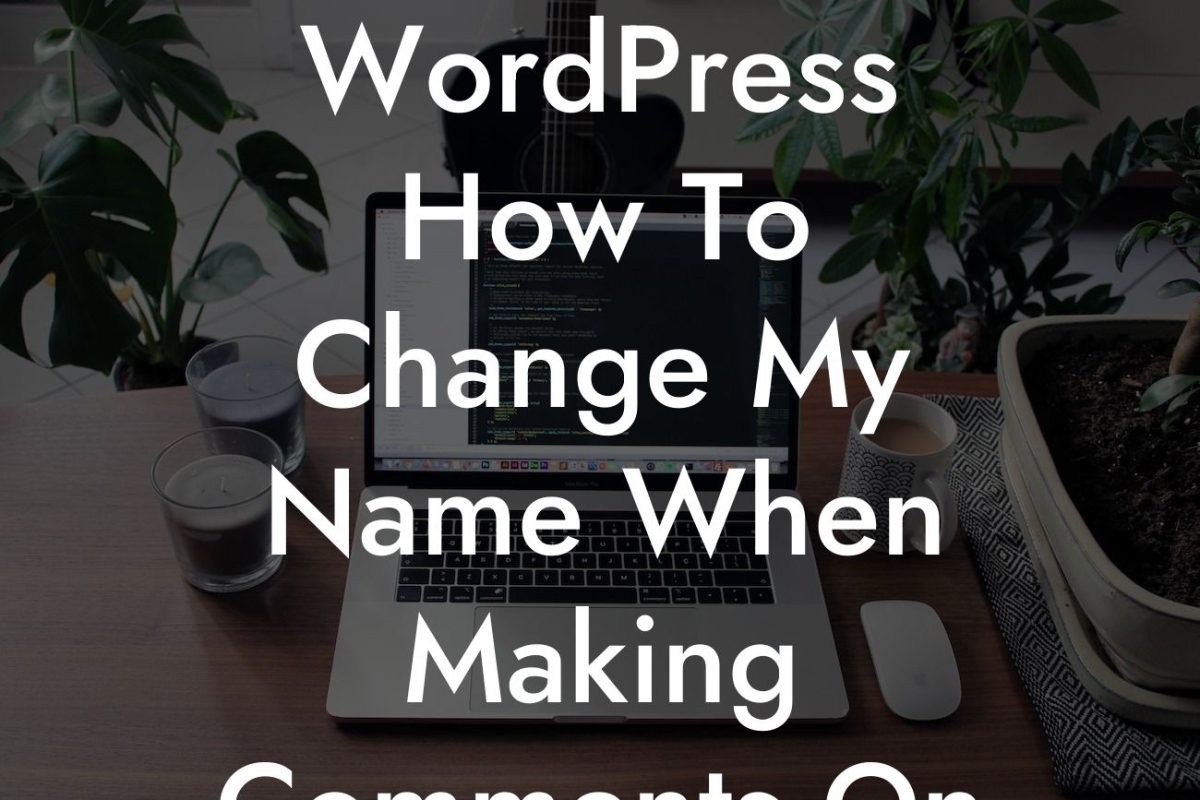Changing the admin URL in WordPress can be a crucial step towards enhancing your website's security and protecting it from unauthorized access. In this comprehensive guide, we will take you through the process of changing the admin URL in the WordPress database. By following these simple steps, you can fortify your website's defenses and ensure a safer online presence for your small business or entrepreneurial venture.
H2 Heading: Understanding the Importance of Changing the Admin URL
The default WordPress admin URL is commonly known to hackers, making it an easy target for malicious attacks. By changing the admin URL, you make it harder for hackers to access sensitive areas of your website. Let's dive into the step-by-step process of changing the admin URL in the WordPress database.
H3 Heading: Step 1 - Backup Your Website
Before making any changes to your website's database, it is crucial to back up your website to avoid any potential data loss. This ensures that even if something goes wrong during the process, you will have a recent backup to restore from.
Looking For a Custom QuickBook Integration?
H3 Heading: Step 2 - Accessing the WordPress Database
To change the admin URL, we need to access the WordPress database. This can be done through a database management tool like phpMyAdmin or by using a plugin like Adminer. We will guide you through both methods to suit your preference.
H3 Heading: Step 3 - Searching for the wp_options Table
Once you are logged in to the database, locate the wp_options table. It is typically named with a prefix followed by "options." Click on the table to continue with the process.
H3 Heading: Step 4 - Modifying the admin URL
Inside the wp_options table, locate the row with the option_name "siteurl." By default, the option_value field will contain your website's current URL. Modify this value by replacing the URL with your desired admin URL. Be sure to choose a unique and obscure URL to maximize security.
H3 Heading: Step 5 - Update the Database
After making the necessary changes, save the modifications by clicking on the "Go" or "Save" button at the bottom of the page. These changes will take effect immediately, altering your admin URL to the newly specified one.
Wordpress Change Admin Url In Database Example:
Let's consider an example to help you understand the process better. Say, for instance, your default admin URL is "example.com/wp-admin," and you want to change it to "example.com/my-secret-admin." By following the steps outlined above, you can easily modify the admin URL in your WordPress database to enhance website security.
Congratulations! You have successfully changed the admin URL in the WordPress database to fortify your website's security. As a small business owner or entrepreneur, it's essential to prioritize website security to protect your brand and customers' sensitive information. Don't stop here - explore other informative guides on DamnWoo to optimize your WordPress experience further. Additionally, take advantage of our amazing WordPress plugins tailored to enhance your online presence and drive success.

